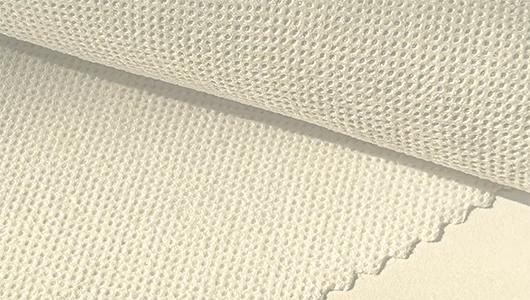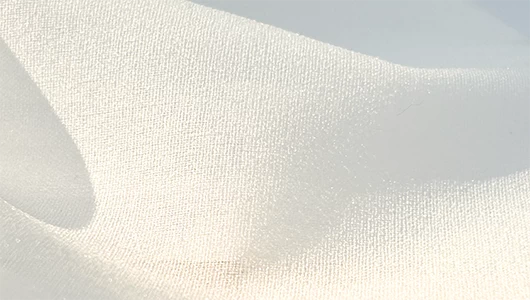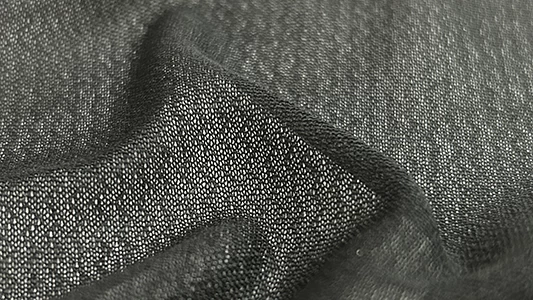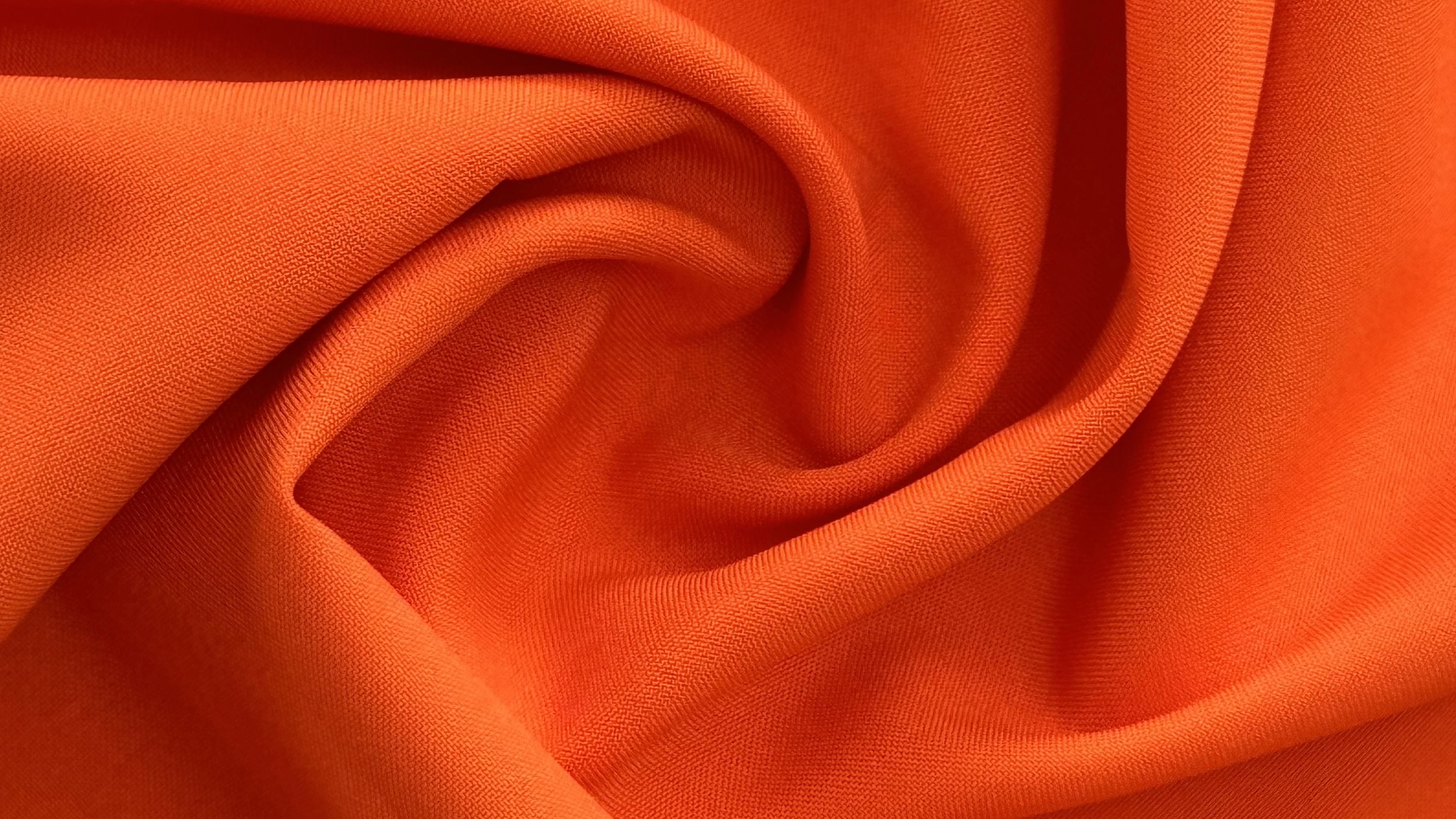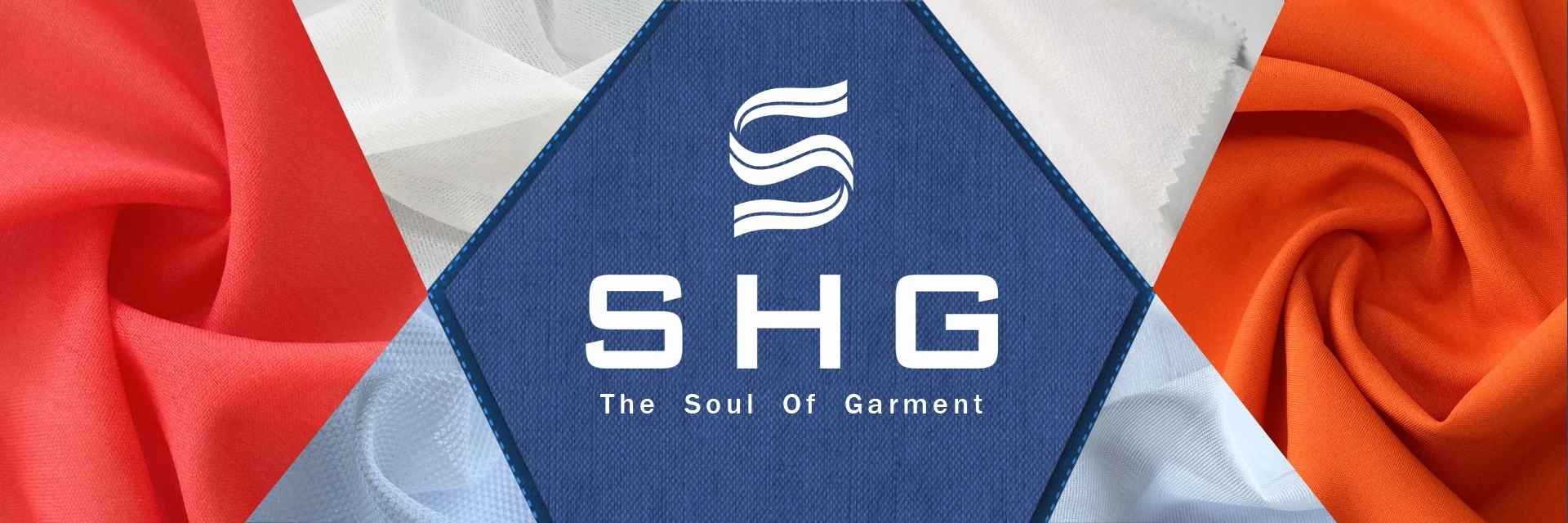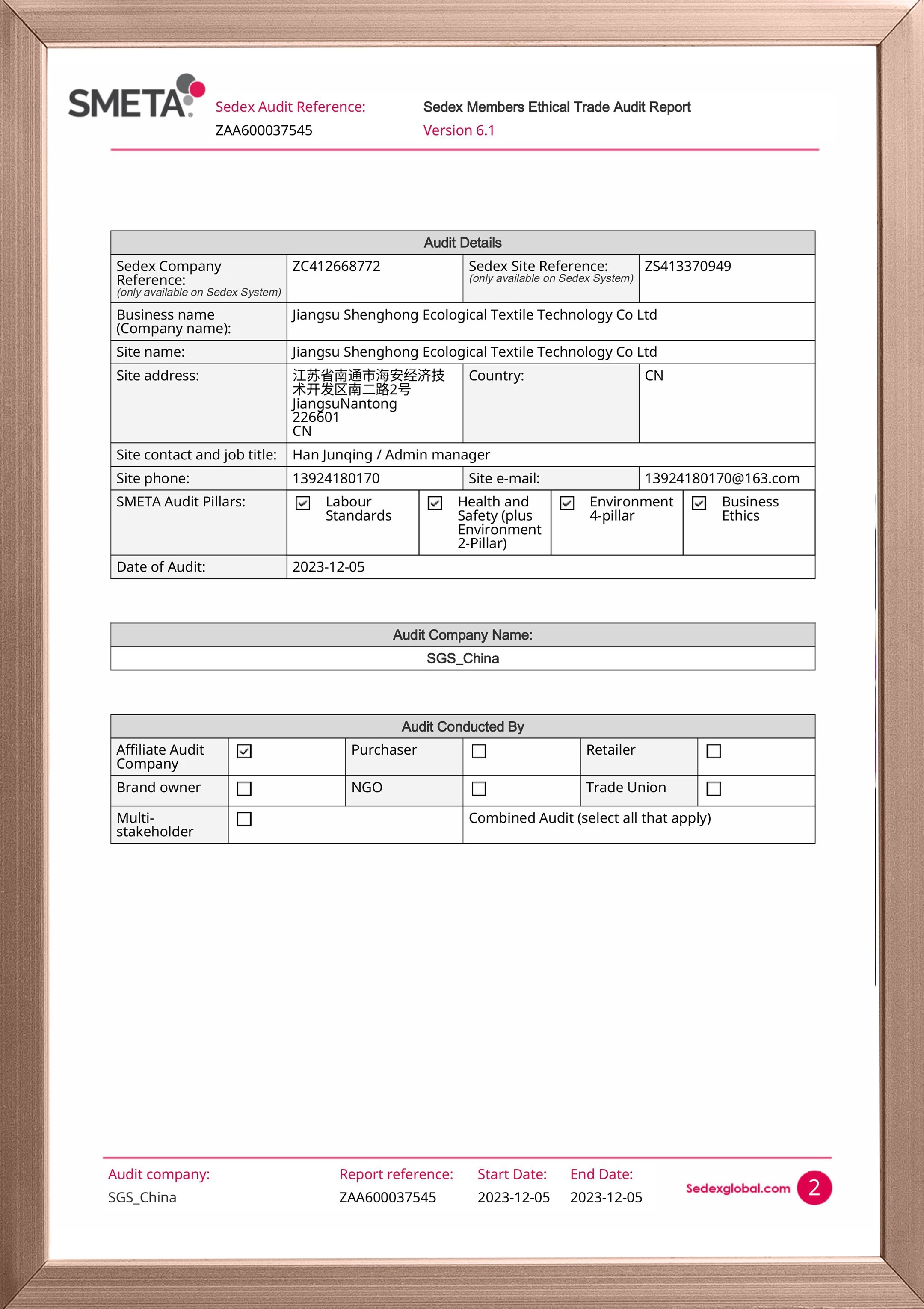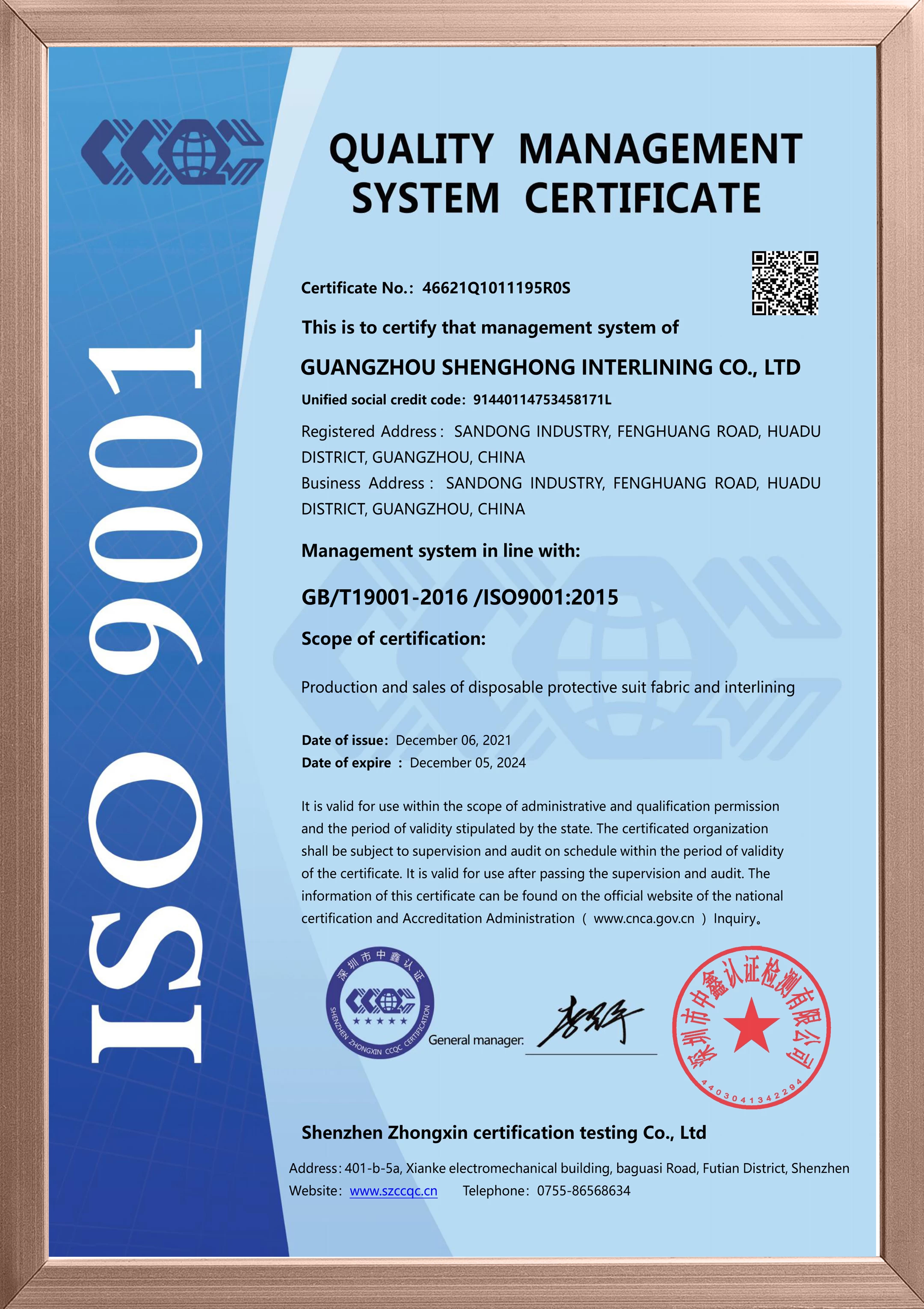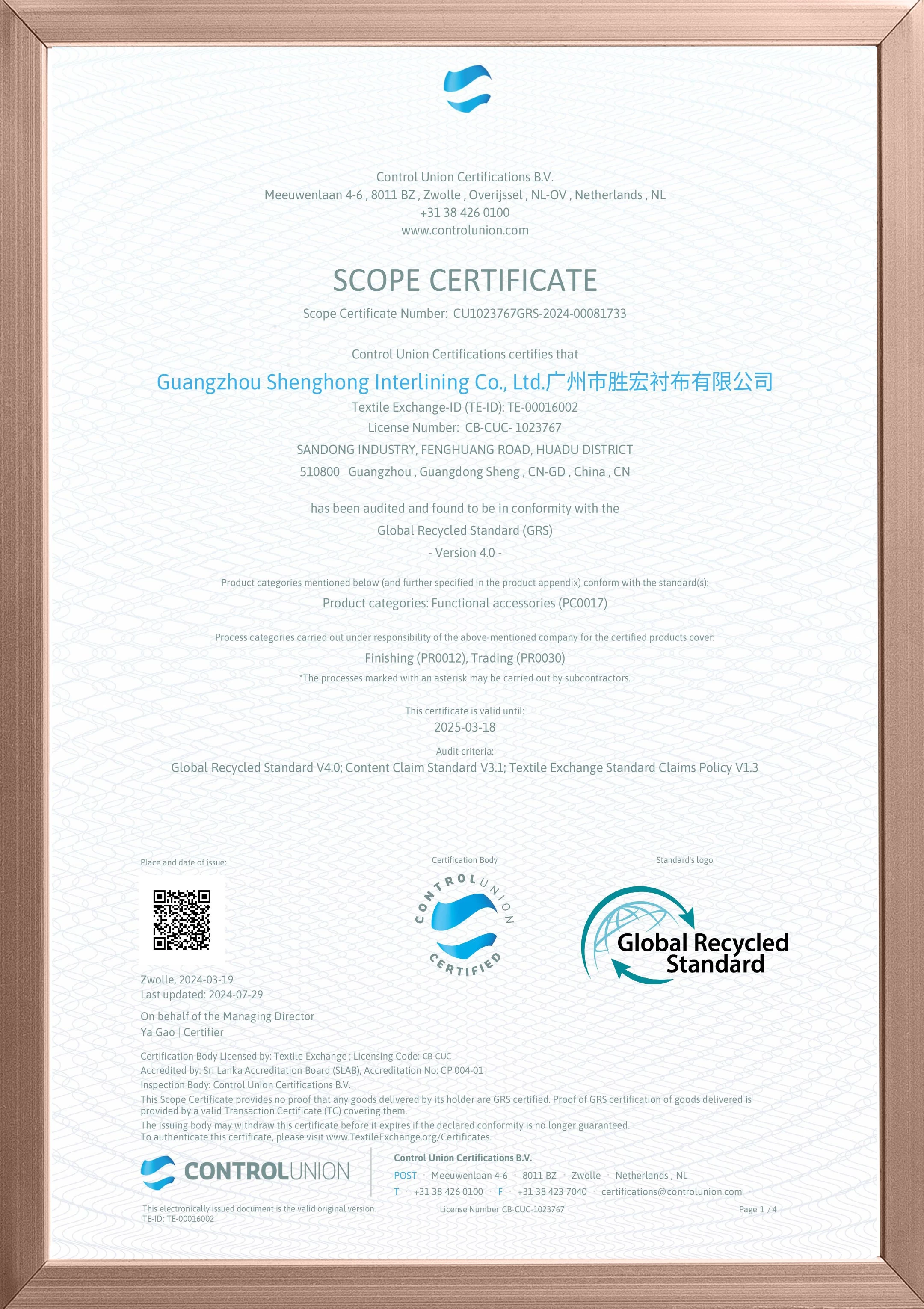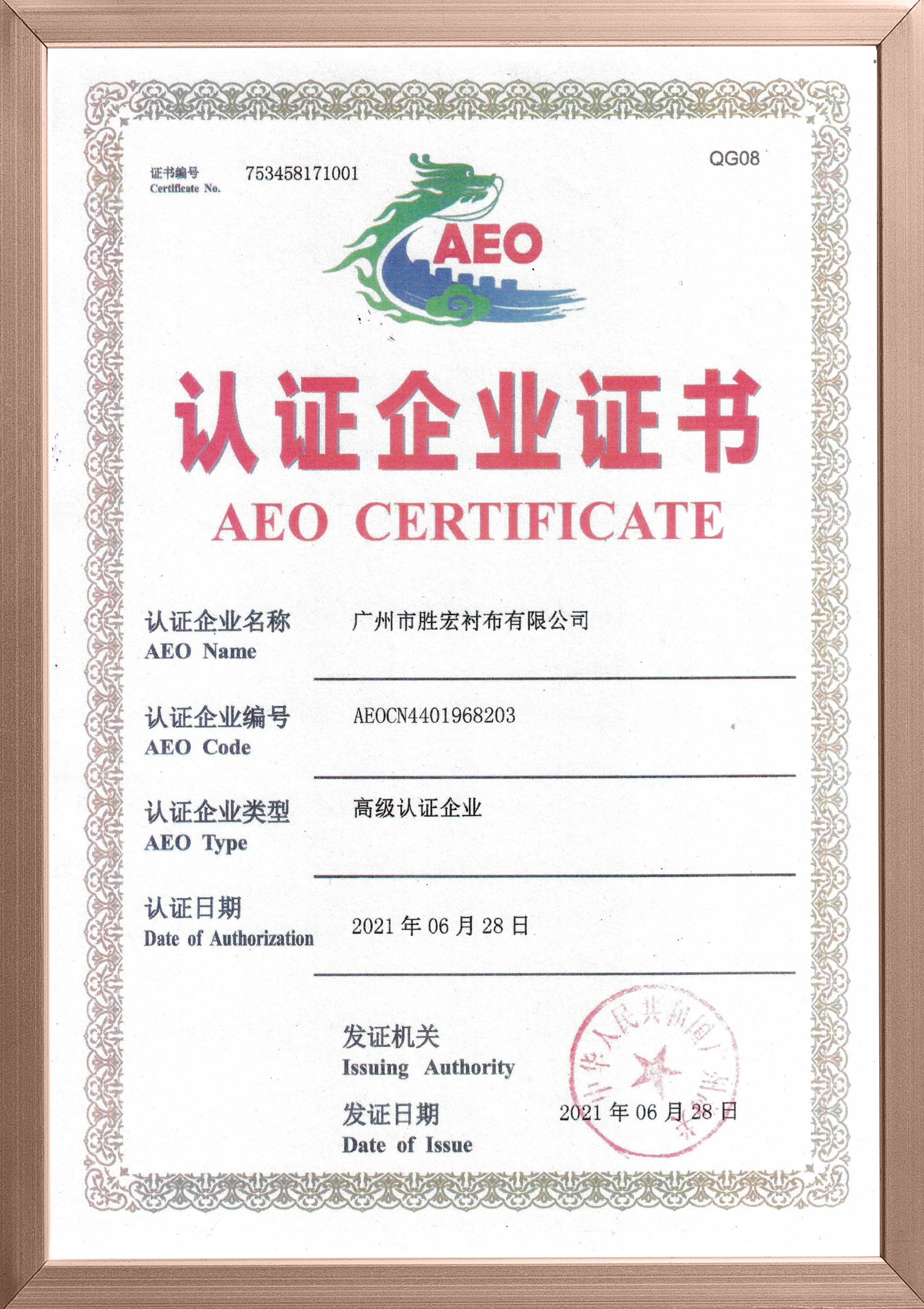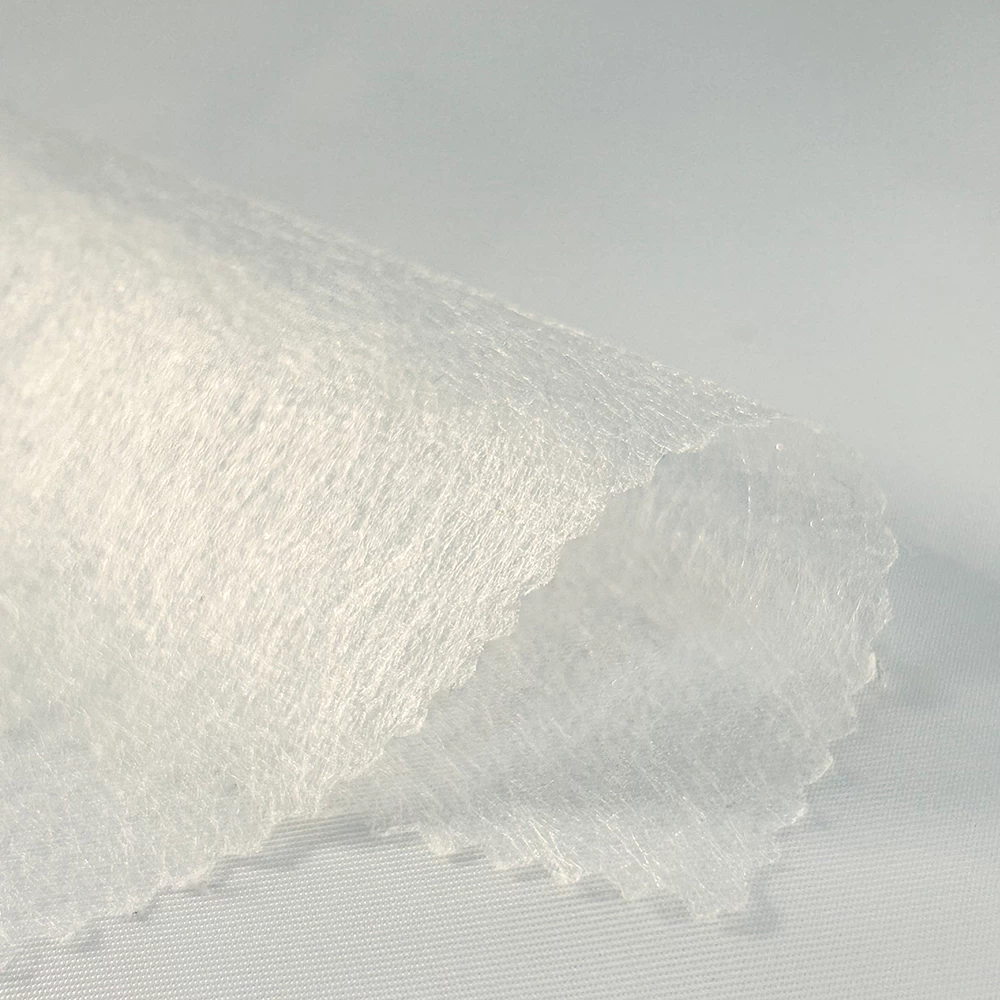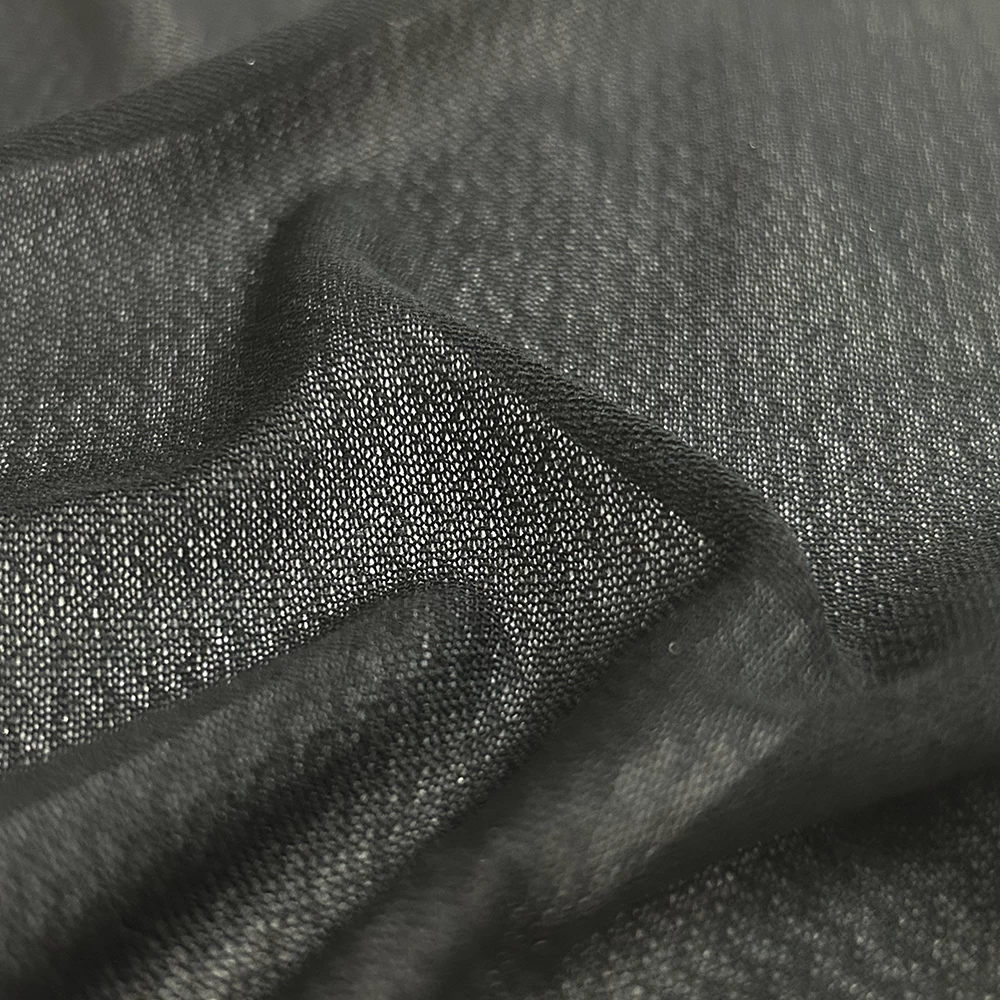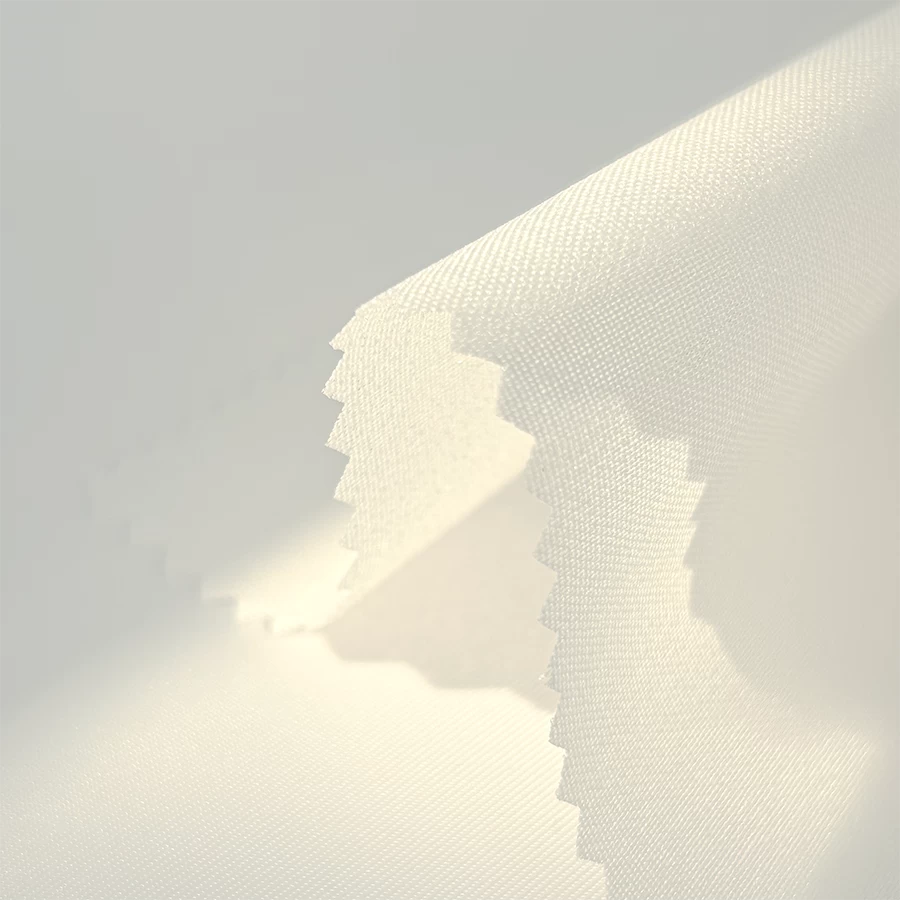Thin fabrics and interlining bonding problems and solutions
1.Leakage of hot melt adhesive
(1)Influence of coating amount: The commonly used hot melt adhesive is thermoplastic bonding resin, before use, we need to pay attention to the amount of coating on the base fabric, through the naked eye to observe the size and height of the point. If the dot is big and high, the resin will easily leak to the front side of the fabric after bonding; if the dot is small and low, it will be affected by the variety of fabrics and pressing tools, which will easily lead to the phenomenon of peeling. So be sure to test before formal use to confirm that there is no problem before choosing.
(2)Sewing Pressing Leakage: Even if there is no leakage in the initial bonding, leakage may occur in the sewing process through the high temperature and strong pressure of the intermediate press or the finished product ironing machine. Because the resin extends in the direction of the heat source, the resin may leak in the direction of the pressure or in the opposite direction when the surface is pressurized. After initial bonding, the condition of the distribution surface should be fully verified, especially when the thicker parts of the edges are pressed, the localized pressure is prone to leakage.
(3)Insufficient bonding conditions: for example, the same two pieces of cloth, a normal bonding, a piece of lining placed on top of the plane pressure ironing, the latter may leakage. Sometimes the leakage can not be seen with steam, but the friction surface will float white material. Therefore, it is necessary to test sufficiently beforehand, choose a safe and reliable adhesive lining, and when you are not sure, it is better not to use the lining.china shenghong interlining manufacturer
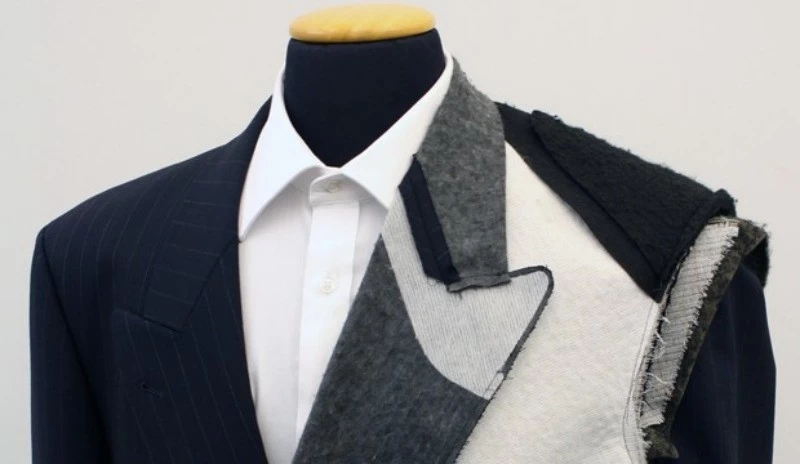
2. Uneven surface
(1) Base cloth factor: whether the surface of the fabric is uneven after bonding has a close relationship with the base cloth of the lining. The condition of the base cloth directly affects the surface of the bonded fabric. If the base cloth is rough, when bonding with thin fabrics, the yarn head, cotton shell and other debris on the backing cloth can be seen on the front side of the fabric, resulting in an uneven surface of the fabric. Therefore, choosing a bonding liner with a good quality of base cloth appearance is the key to preventing such problems.
(2) Bonding resin factor: bonding resin thicker, uneven interlining, will also cause the fabric surface unevenness, should not be ignored.
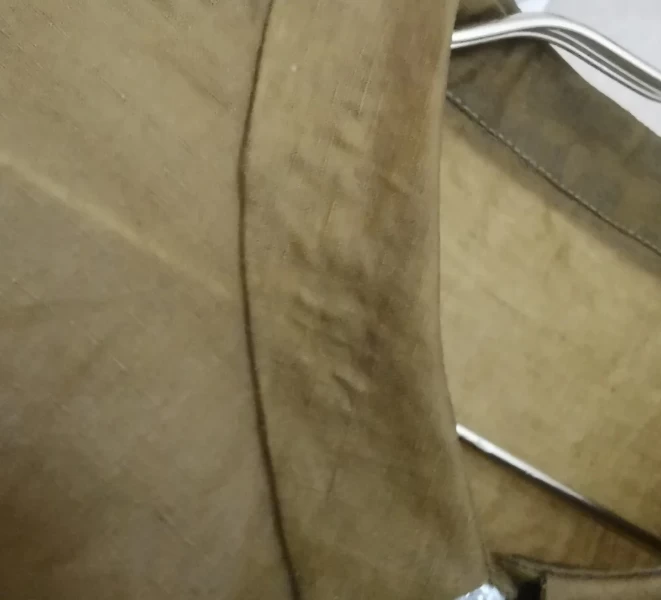
3. Color transmission
(1) Resin factors: color transmission phenomenon is affected by resin shape, hardness and resin color. Like lace fabrics from the front can see the lining resin, generally should not be used lining; mesh fabrics should be based on the color of the cloth to do bonding test, to confirm that the surface is in good condition before the official use, especially ultra-thin fabrics bonding should be more cautious. Resin harder lining, after the use of clothing surface may appear pimples, wearing easy to take the dirt, washing may be overflowing, so it is best to wear the simulation test and washing test, and then decide to use which lining.
(2) Base cloth color factor: light-colored fabrics usually have to be matched with interlining fabrics of the same or similar color concentration, otherwise the color of the interlining fabric will be reflected through the fabric. Can not only consider the lining fabric and fabric color, must be fabric, lining fabric, lining material at the same time, beforehand to do the color test, and then based on the results to determine.
Summer clothes are mostly thin, bonded and non-bonded surface boundaries are obvious, a variety of fabrics and interlining need to be tested for color matching, stops and other edges, sleeve holes, hems, pockets, collars, and other local complementary lining of the color matching also requires special attention.


